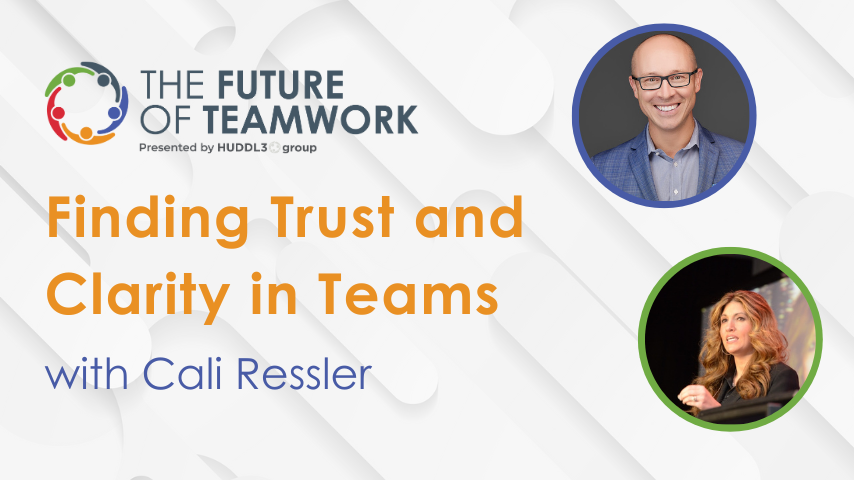By David Bumby, Senior Vice President
Over the past 18 months, I’ve been exploring how the pandemic, prolonged bull markets, and generational shifts in the workforce have reshaped talent dynamics. One critical theme has consistently emerged: the erosion of trust.
The Growing Trust Gap in Teams
Leadership is always evolving, but the past five years have thrust businesses into uncharted territory. The relentless pace of change has significantly impacted trust, an essential foundation for effective leadership. A 2023 Gallup study highlights a notable disconnect between managers’ self-assessments and employees’ perceptions. Though not explicitly labeled as a trust issue, the data strongly implies this underlying problem.
Managers frequently overestimate their impact on essential leadership activities. For instance, managers rate their effectiveness in providing weekly feedback 30% higher than their employees do. Similarly, there is a 16% gap regarding how effectively managers help employees set priorities, leaving teams feeling unsupported in structuring their work. Recognition also remains problematic; while leaders often believe they acknowledge good performance, employees consistently report otherwise.
These discrepancies matter significantly because trust underpins strong, cohesive teams. When employees feel unheard, undervalued, or disconnected from leadership, engagement and productivity decline. So what’s driving this widening trust gap?
Why Managers Are Struggling to Build Trust
Trust doesn’t form in isolation. While individual leadership skills are crucial, broader workforce trends have made trust increasingly challenging to build and maintain. Several key events over recent years have disrupted traditional leadership structures and impacted trust dynamics.
A significant shift occurred during the pandemic, as many experienced Baby Boomer leaders retired early. This created a knowledge vacuum, pushing less-experienced managers into leadership roles without adequate mentorship. Additionally, rapid promotions during ongoing instability placed employees into leadership positions without structured development, exacerbating trust challenges.
Simultaneously, internal mobility has decreased significantly. In 2020, internal hires and promotions made up 40% of all hires; by 2023, that dropped to 24%. More teams are adjusting to externally hired leaders, reducing familiarity and trust at the outset. Furthermore, the persistent talent shortage, with 8 million job openings but only 6.8 million unemployed workers, places additional strain on both employees and managers, making cohesion and trust even harder to achieve.
Given the accelerated pace and scale of these changes, it’s unsurprising that trust gaps have widened. Employees must adapt quickly to new leadership, and even experienced managers find themselves navigating unfamiliar team dynamics. As trust continues to erode, leaders must intentionally focus on rebuilding it; without trust, even the most robust strategies falter.
How Leaders Can Build and Sustain Trust
No leader intends to lose their team’s trust, yet trust isn’t guaranteed; it must be intentionally nurtured. Leaders must consistently demonstrate reliability, transparency, and support through their daily actions.
First, prioritizing team development is essential. Employees who feel genuinely supported in their growth become more engaged and trusting of leadership. Additionally, proactively removing obstacles demonstrates that leaders are invested in their team’s success. Ignoring ongoing issues may lead employees to question the value of their contributions.
Clarity is equally critical. Providing a clear vision and direction helps employees feel confident in leadership decisions, reducing uncertainty. Trust is also built through timely and transparent communication. Responding promptly, ideally within 24 hours, shows dependability. Creating an approachable environment where employees feel safe to provide feedback or raise concerns fosters deeper trust. Finally, meaningfully recognizing employees’ contributions boosts morale and reinforces the value placed on their efforts.
Trust is shaped not by words but by actions. Leaders who prioritize trust-building daily foster teams that are more engaged, resilient, and aligned amid change. As organizations continue navigating evolving workforce dynamics, cultivating trust will be essential to sustained success.
Connect with David Bumby


Check out this episode on The Future of Teamwork podcast!



